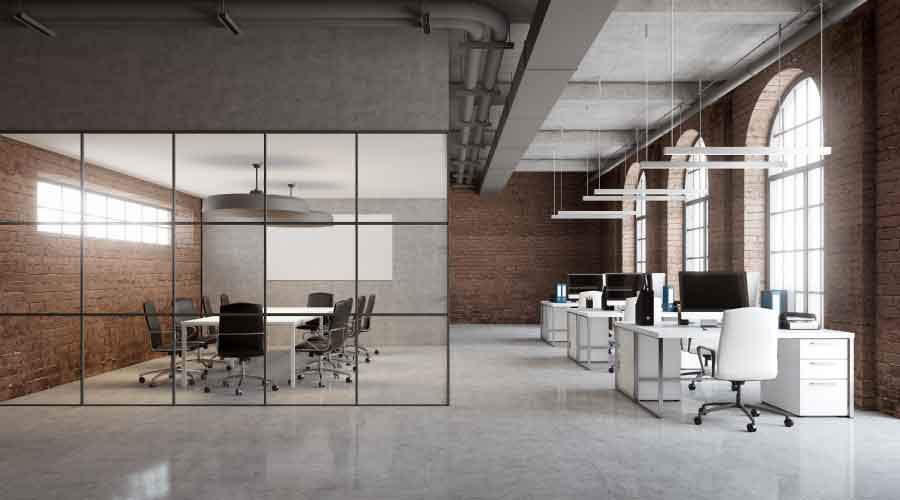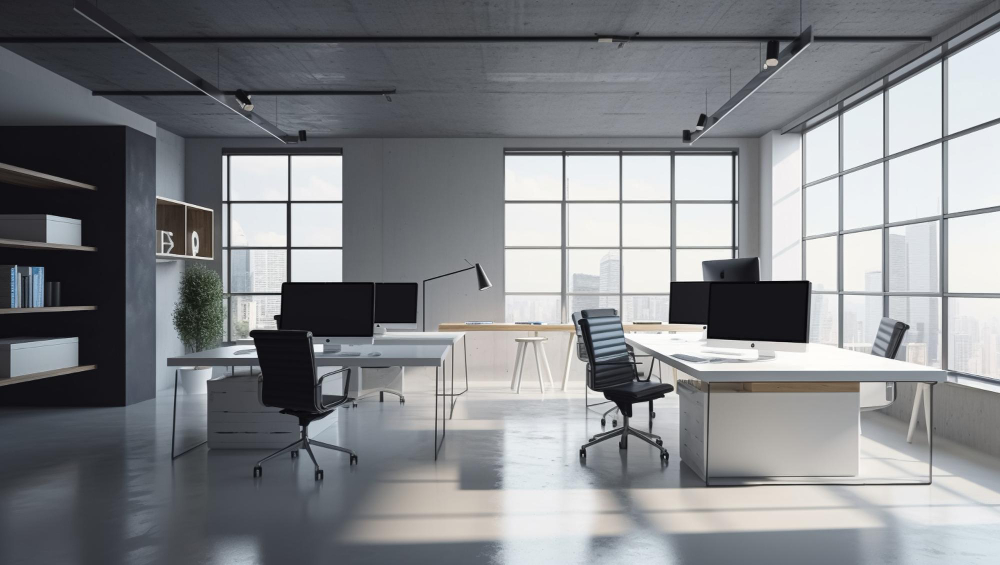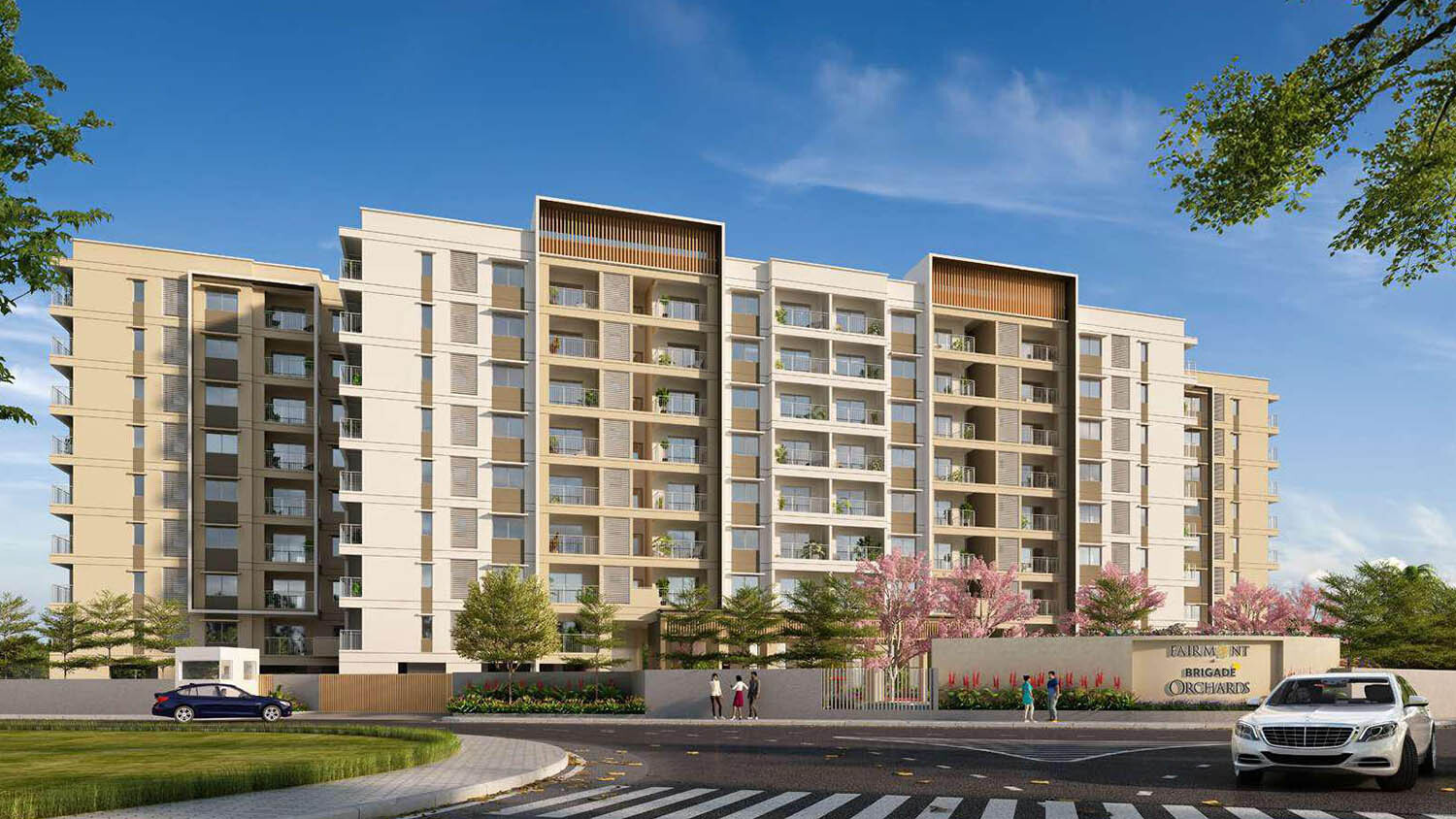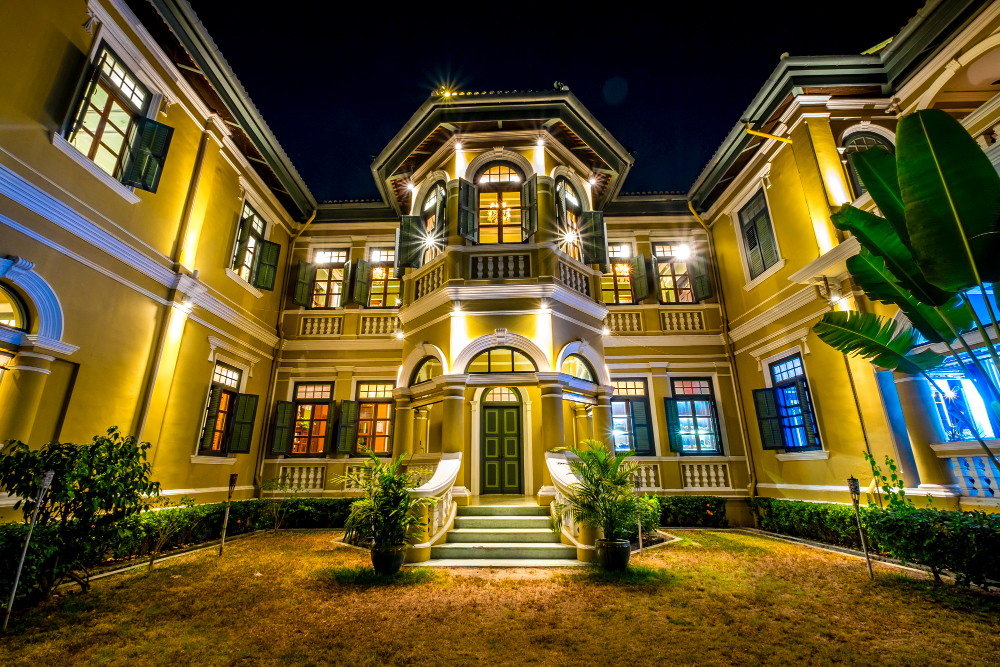The Psychology of Productive Workspaces: How Office Design Impacts Employee Performance
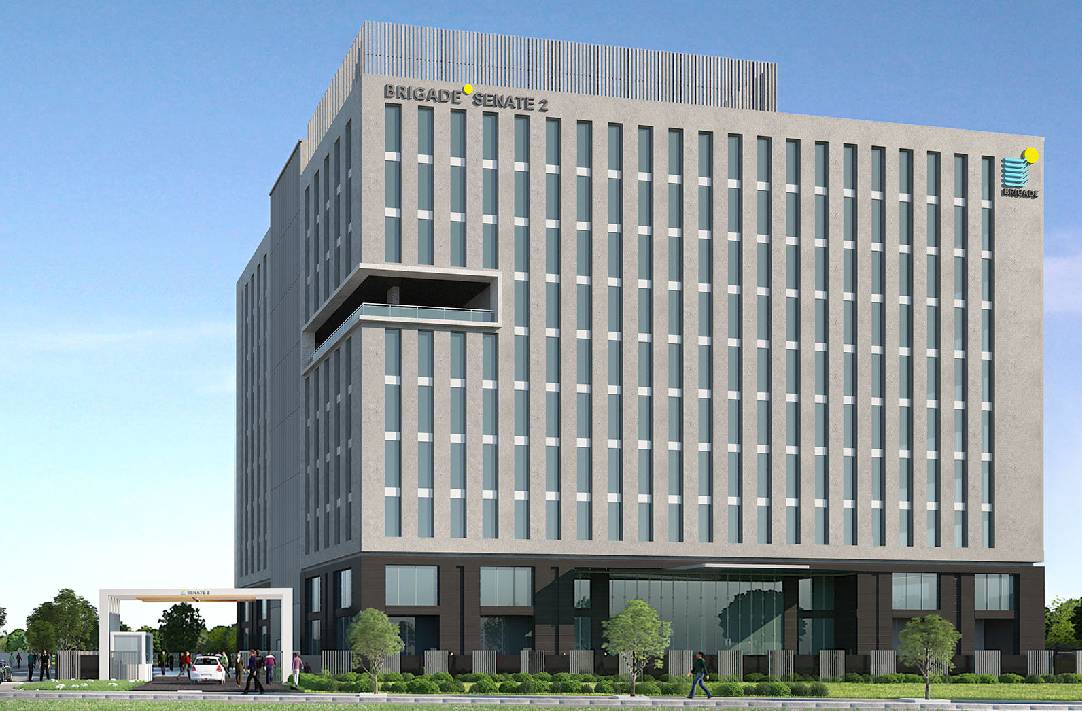
Strong 8k brings an ultra-HD IPTV experience to your living room and your pocket.
The modern workplace has evolved far beyond rows of cubicles and fluorescent lighting. Today's office environments are carefully crafted spaces that recognize the profound psychological impact of design on human behavior, productivity, and well-being. Understanding this relationship between space and performance has become crucial for businesses seeking to optimize their workforce potential.
The Science Behind Space and Performance
Research in environmental psychology consistently demonstrates that physical environments directly influence cognitive function, emotional state, and behavioral patterns. When employees interact with their workspace, their brains process countless environmental cues that either enhance or hinder mental performance. Natural light exposure, for instance, regulates circadian rhythms and increases alertness, while poor air quality can reduce cognitive performance by up to 15%.
The concept of "cognitive load" plays a central role in workspace psychology. Cluttered, poorly organized environments increase mental fatigue as the brain expends additional energy processing unnecessary visual information. Conversely, clean, organized spaces allow cognitive resources to focus on actual work tasks, leading to improved concentration and decision-making capabilities.
Color Psychology and Spatial Dynamics
Color schemes significantly impact mood and productivity levels. Blue tones enhance focus and mental clarity, making them ideal for analytical work areas. Green promotes balance and reduces eye strain, particularly beneficial in spaces requiring prolonged screen time. Warm colors like yellow stimulate creativity and energy, while neutral tones provide calming backgrounds that don't compete for attention.
Spatial layout affects collaboration patterns and communication flow. Open-plan designs facilitate spontaneous interactions and team cohesion, though they can also increase distractions. The key lies in creating balanced environments that offer both collaborative zones and quiet retreats for focused work.
The Role of Biophilic Design
Incorporating natural elements into office spaces taps into humanity's innate connection with nature. Studies show that employees in environments featuring plants, natural materials, and views of greenery report 15% increase in well-being and 6% boost in productivity. This biophilic approach reduces stress hormones and promotes mental restoration during the workday.
Water features, wooden textures, and stone accents create sensory experiences that ground employees and reduce anxiety. These elements are particularly valuable in urban commercial office space for rent in Hebbal, where access to natural environments may be limited.
Technology Integration and Ergonomic Considerations
Modern workspace psychology recognizes that technology and human needs must work in harmony. Ergonomic furniture reduces physical discomfort, allowing employees to maintain focus for extended periods. Adjustable desks, supportive seating, and proper monitor positioning prevent fatigue and musculoskeletal issues that can significantly impact performance.
Smart building technologies that automatically adjust lighting, temperature, and air quality based on occupancy and time of day create optimal conditions without requiring conscious employee intervention. This seamless integration allows workers to remain focused on their tasks rather than environmental adjustments.
Creating Psychological Safety Through Design
Physical environments communicate organizational values and culture. Spaces that prioritize employee comfort and well-being signal that the company values its workforce. This psychological safety encourages risk-taking, innovation, and open communication, all essential elements of high-performing teams.
Flexible workspace designs that accommodate different work styles and preferences demonstrate respect for individual needs. Quiet zones for introverts, collaborative areas for team players, and recreational spaces for stress relief create inclusive environments where all personality types can thrive.
Sound Design and Acoustic Considerations
The auditory environment plays a crucial role in workplace psychology, yet it's often overlooked in design discussions. Background noise levels significantly impact cognitive performance, with studies indicating that moderate ambient sound can enhance creativity, while excessive noise disrupts concentration and increases stress levels.
Strategic acoustic design includes sound-absorbing materials, white noise systems, and designated quiet zones. Phone booths and private meeting rooms provide acoustic privacy for sensitive conversations, while collaborative areas can accommodate higher energy levels. The psychological comfort of knowing that private conversations remain confidential contributes to overall workplace satisfaction and trust.
Cultural and Generational Considerations
Different generations bring varying expectations and preferences to workspace design. While millennials and Gen Z workers often appreciate open, collaborative environments with recreational amenities, older generations may prioritize privacy and traditional office layouts. Successful workspace psychology acknowledges these differences through flexible design solutions that accommodate diverse preferences.
Cultural considerations also influence spatial psychology. Some cultures value hierarchical spatial arrangements, while others prefer egalitarian layouts. Understanding these nuances ensures that workspace design supports rather than conflicts with cultural values and communication styles.
The Impact of Natural Light and Circadian Rhythms
Natural light exposure directly affects melatonin production and circadian rhythm regulation, influencing alertness, mood, and sleep quality. Workspaces that maximize daylight exposure through strategic window placement and light shelves help maintain healthy biological rhythms, reducing afternoon fatigue and improving overall well-being.
When natural light is limited, full-spectrum LED lighting systems can mimic natural daylight patterns, gradually shifting color temperature throughout the day. This circadian lighting approach supports the body's natural energy cycles, maintaining peak performance during traditional work hours while promoting relaxation as the day progresses.
The Future of Workspace Psychology
As our understanding of environmental psychology deepens, office design will continue evolving to support human potential. Artificial intelligence and machine learning will enable responsive environments that adapt to individual preferences and real-time physiological data, creating personalized comfort zones for each employee.
Neuroarchitecture, the study of how built environments affect the nervous system, will provide deeper insights into designing spaces that optimize brain function. This emerging field promises to revolutionize workspace design by applying neuroscientific principles to create environments that enhance creativity, reduce stress, and support cognitive performance.
The most successful workspaces will be those that recognize employees as complex individuals with varied psychological needs, creating environments that adapt to support optimal performance throughout the day. As businesses continue to compete for top talent, the psychological impact of workspace design will become an increasingly important factor in attraction and retention strategies.
Note: IndiBlogHub features both user-submitted and editorial content. We do not verify third-party contributions. Read our Disclaimer and Privacy Policyfor details.



